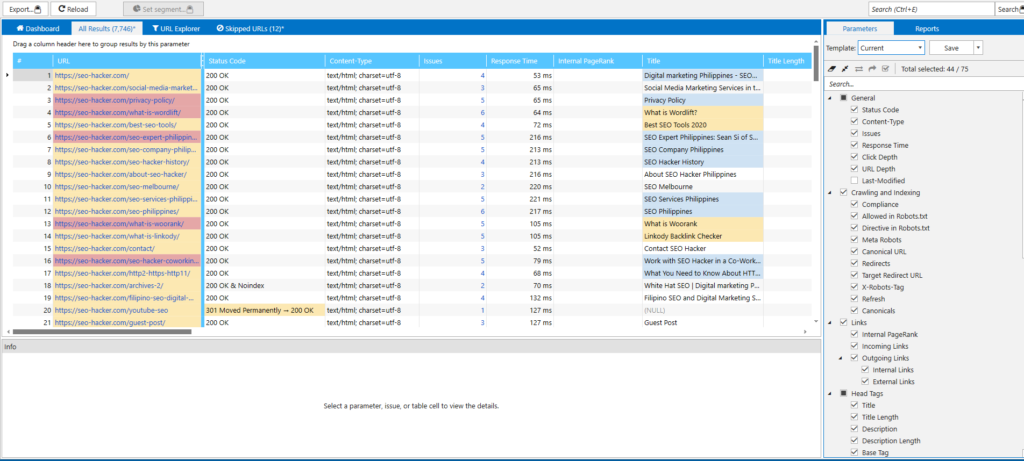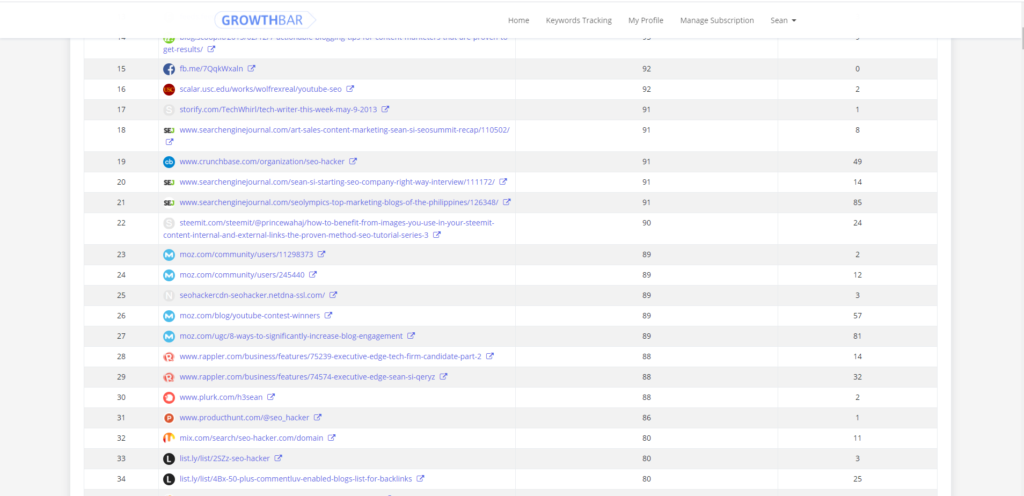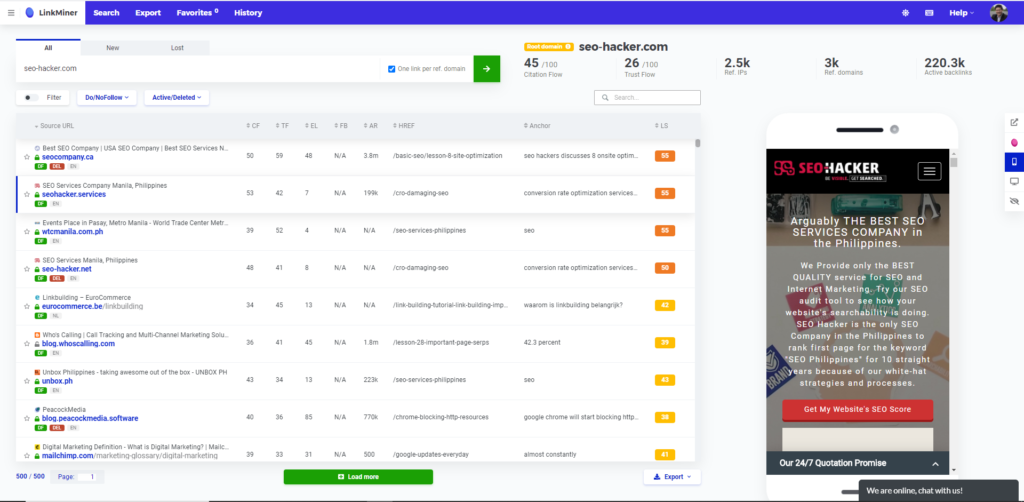A Step-by-Step Guide to Effective SEO Competitor Analysis
We all know that the goal of SEO is to get to the top of Google’s search results so you focus on optimizing your website as much as you can. But what people tend to look at times is that before you get to the top, you need to fight against 10 or more other websites who are also trying to fight for the same keyword you are targeting.
Competitor Analysis is a great way of finding strategies your competitors use and then you use it against them or better yet, create better strategies than those. There are two situations here. First, you are trying to get higher rankings so you are studying your competitors to find out what works for them. And second, you are at the top and you would like to increase your lead from your competitors.
Whatever your situation is, doing a competitor analysis can definitely help you improve your existing strategies and give your competitors headaches.
Tools you will be needing
- Backlinks Checker
- On-page SEO Crawler
- Keyword Research Tool
You can use any tool in your toolbox as long as they have any of the following features. But in case you don’t have them yet, I highly recommend the following tools as I use them personally.
SEMRush – SEMRush is an all-in-one marketing tool that provides a comprehensive website and traffic analysis. Click here for a 7-day free trial
Mangools – Complete set of reliable tools that are easy to use is what Mangools has to offer and I absolutely love their keyword research tool KWFinder. Click here for a 10-day free trial
ScreamingFrog – ScreamingFrog is famous for its comprehensive on-page SEO analysis that you could use to fix errors on your website. Register here for a free account.
Netpeak Software – Netpeak Software consists of two tools; Netpeak Spider and Netpeak Checker, two powerful tools that give you a deep analysis of websites. Signup here for free access.
GrowthBar – GrowthBar is a top-rated Chrome extension that provides valuable SEO data right from the search results. Try it here for free.
Ahrefs – Ahrefs is one of the most powerful and comprehensive backlink explorer and analyzer around. Try a 7-day free trial here.
Competitor Analysis Checklist
Find out who your competitors are
Yes, you may be fighting against 9 to 10 other websites for the top position or just to get on the first page, but that doesn’t necessarily mean that they are all your competitors. Analyzing each and every URL in the search result will just be a waste of your time and energy.
To identify who your competitors are, you need to look at the websites that are selling the same products and services that you have and are in the same country as you are. These are your direct competitors and they are most likely ranking for other keywords you are targeting as well.
It’s also important to note that competitors may vary depending on the intent of your content and the keyword you are targeting. For example, your article’s intent is transactional as you are trying to sell a specific product or service but for the same keyword, an informational article from Wikipedia is also ranking. This does not mean that Wikipedia is your direct competitor since you have different goals.
List down about 2 to 3 competitors you want to analyze. It will take too much time if you analyze a lot at the same time.
Have a quick run-through of their website
Once you’ve listed down about 2 to 3 competitors, you should take a quick look at their website. This isn’t a technical process but rather it gives you an impression of what your competitors are doing.
I usually just spend a few minutes looking at my competitors’ websites. I try to get a feel for their branding and website design. I take a look at their landing pages and other content that they publish. This step just gives me an idea of who I am up against and start thinking about how I could do better.
Analyze their on-page SEO
This is where we start going a little technical. Fire up your SEO crawler, you could use either ScreamingFrog or Netpeak Spider, crawl a competitor website and the SEO crawlers will show you a big picture view of your competitor’s on-page SEO.

You’ll be able to see a list of their title tags, headings and subheadings, meta descriptions, structured data, site structure, redirects, and more. You don’t necessarily need to export all of the data here. What you need to do is take note of their important pages and find out how they are optimizing these.
Areas, where your competitors are not optimizing, can also be seen in their on-page SEO report in a form of warning and errors. This now gives you an idea of what to avoid and where you could get a head-start.
Check their backlinks
Using Ahrefs, Mangools, or GrowthBar, scan for the backlinks of your competitors. This is one of the most crucial steps in SEO competitor analysis because backlinks are one of the top things that may decide who goes to the top between you and your competitors.


Here are some of the things that you could look at:
- Their domain rating and yours. Website ratings such as these are not considered by Google but at least it gives you an idea or estimates how much close or far you are with your competitors when it comes to links and authority.
- Check the websites they are getting links from. It will give you an idea of their link building strategy. Are they building on directories? Are they getting links from guest posts? Are they getting mentioned on the news websites and other media websites?
- Look at their frequently used anchor texts. They are important ranking factors and it gives you an idea of the keywords they are trying to rank for.
- Find out the pages in their website that are mostly linked to. These are their top performing pages as well.
- Analyze their link velocity and how much backlinks they are gaining every month. You might need to step your link building up if they are gaining more than you are.
Find link building opportunities
Once you’ve scouted their backlinks data, you can now use this to your advantage. You can use Link Intersect tools to find websites that are linking to your competitors but are not linking to you.
Do an investigation on how they were able to get links from these websites. A guest post for example. Is the website they got a link from accepting contributions from anyone? Then maybe you could contribute as well. Did they get a press release published on a website? Write one as well.
Remember to not waste your time and energy if there is absolutely no way to replicate them like links from a business partner. Avoid replicating black hat SEO tactics as well if you come across one like paid reviews. It’s not worth it and I would rather look for other opportunities.
Find out keywords they are targeting
You could use tools like SEMRush, Ahrefs, and GrowthBar to find out keywords that they are ranking for and what pages are ranking for those keywords. It could give you an idea of their content strategy.
Using the data you have gathered, you can find keywords that you are not yet targeting and start working on them as well. Take note that this does not mean that you have to replicate their content. If anything, you should try to do better.
Now I know that this is about SEO competitor analysis, but finding out their ads and social media strategies can also be useful. You would likely have the same target audience and if you find the content they share on social media appealing to your target audience, then you can use this to your advantage.

Ads on the other hand can be great for copywriting. Yes, ads give them access to the top of the search results instantly but you can steal clicks away from them if you write a better meta description.
Key Takeaway
Now that you know how to properly do an analysis of your competitors, you can now create strategies that could help you get ahead of them or increase your lead. You could really do a lot with the data that you will find analyzing your competitors and it is up to you on how you will use these data against them.
Always remember that doing a competitor analysis doesn’t mean that you need to find and copy what your competitors are doing. Instead, find out what’s working for them and do better.
